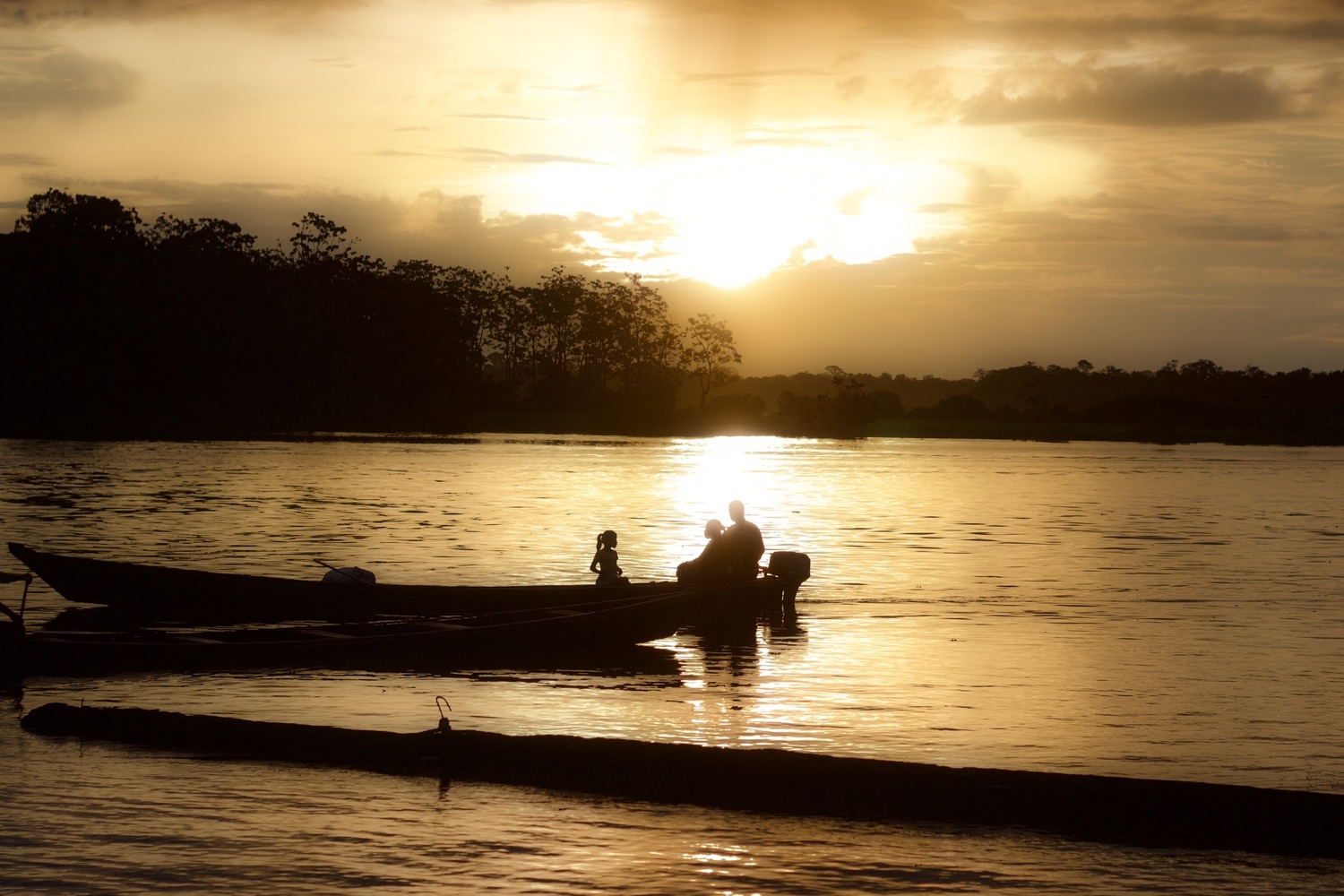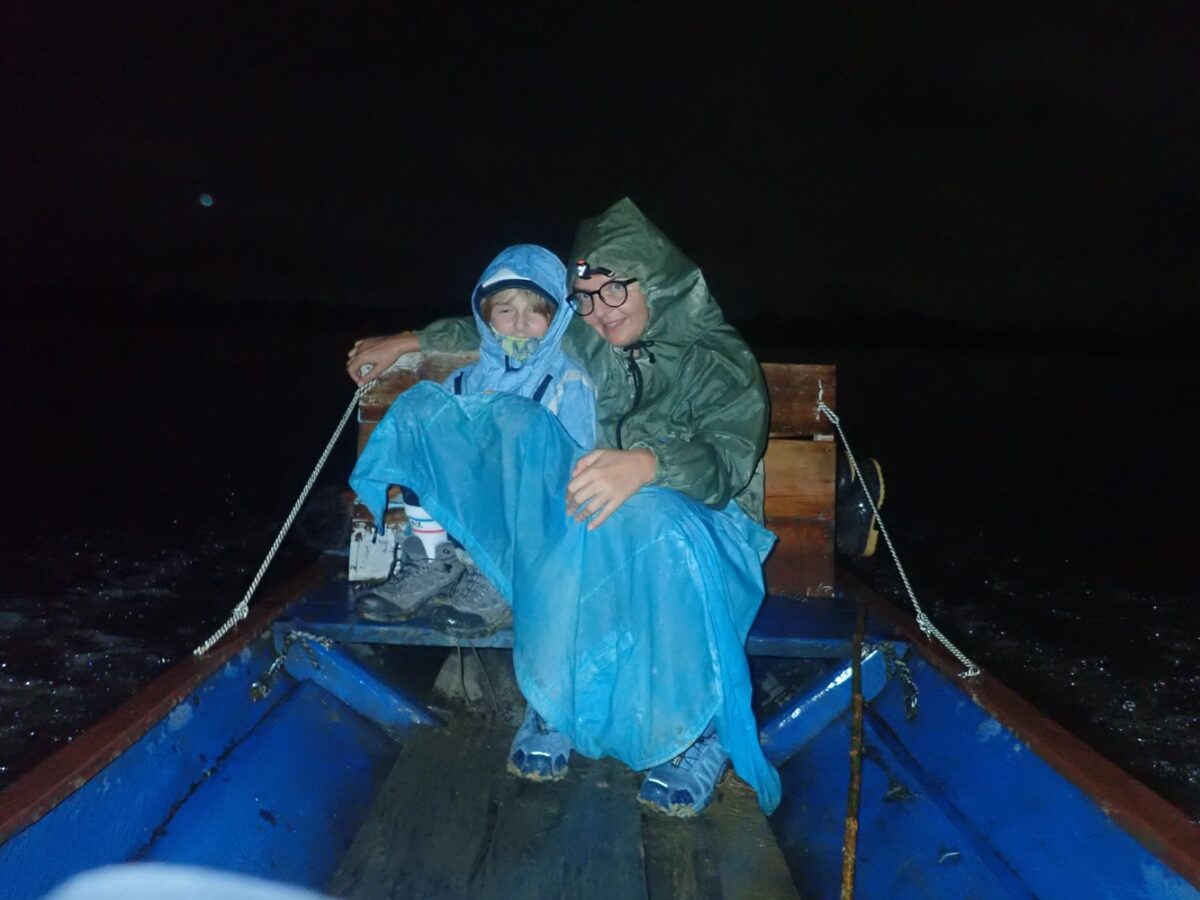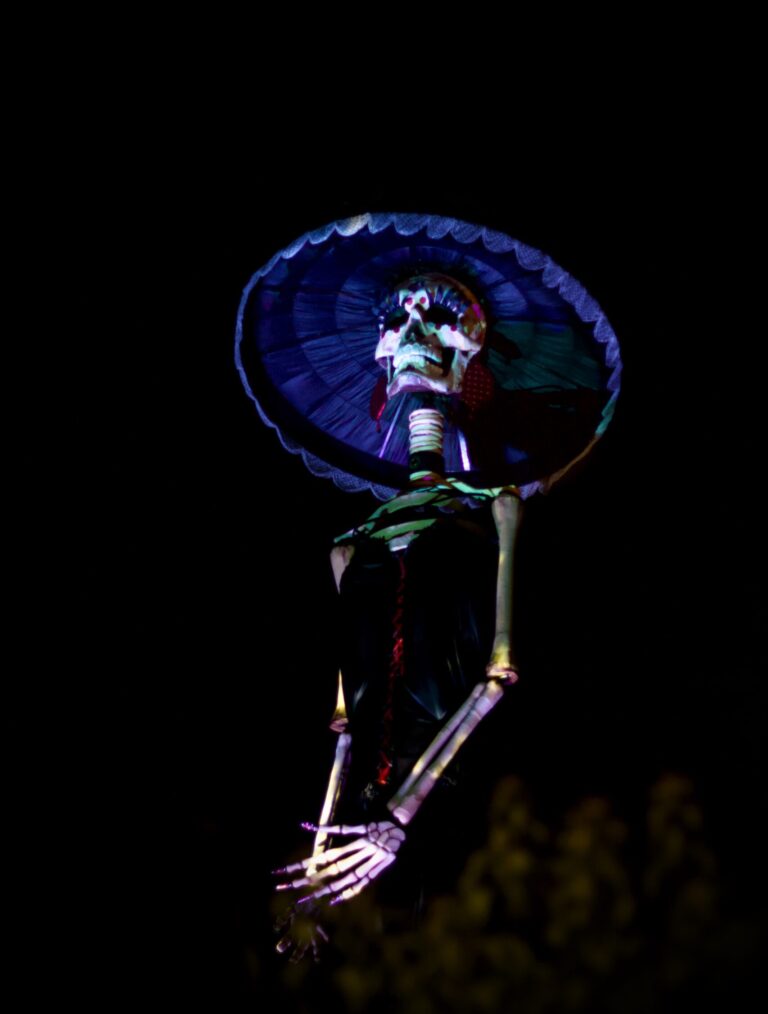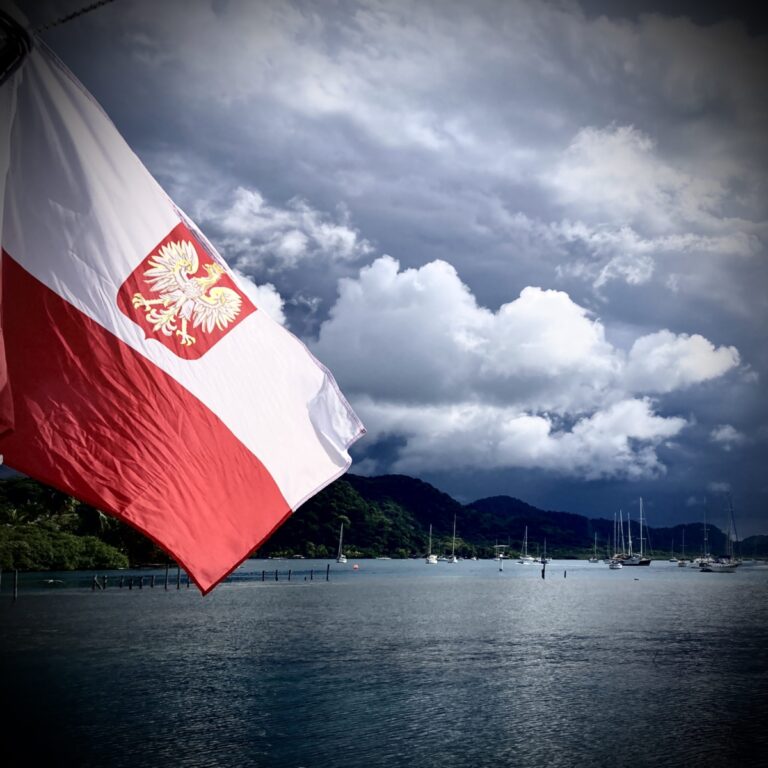Amazon by night
Colombia 🇨🇴:
Caiman is one of the most dangerous animals in the Big River. It is also one of the sacred animals of the Tikuna tribes. They raise caimans in the cots built on the river, nearby their villages. Basically, the goal is to set them free when they reach adult size, to hunt them down later. Free men against free caimans. Fair, right?
Caimans there have a certain status. Respect. But they are also a tourist attraction and… good food! According to our guide, Leo, caiman tastes like… chicken. Of course… 😜
Leo took us a few miles up the Amazon to lake Tarapoto. The boat was literally made of 4 thick wooden planks. Freeboard (meaning the distance between our buttocks and water) was about 4 inches. And you should know, it was a night because caimans are feeding then, and that is when you might get the chance to spot them. Did I mention it was the Amazon river, jungle, and night? Damn, it was terrifying!
Our main goal was to track down small, about 2 meters long, caimans.
You can probably imagine that tracking totally didn’t mean staying far from shore. It was more like pushing the canoe through the maze of tree branches, filled with wildlife of any size. The jungle is very busy at night. The sounds are incredible… and scary!
Is Amazon really that big?
Yes, it is humongous, even that far from the Atlantic Ocean. In December, the water level rises. It is hard to get to the shoreline (like I said… maze of tree trunks and branches). The river is full of speeding tree trunks and floating islands, sizes even up to the football field. Small canoes can go past such islands, but you should be careful because so can other jungle creatures! I mean, you kinda are aware that the Amazonian jungle is dangerous but when you are accompanied by Tikuna, who is easy like cucumber, you might start to feel relaxed until…
… until
Our guide, who was sitting for hours on the bow of our canoe, with his feet in the water, pulled them suddenly up and started waving his hands to Leo. His hands moved fast in the international language of “let’s get out of here, NOW”. Leo didn’t hesitate for a second. Their paddles started to move quickly, yet without any splash. Why? Well…
Caimans do sing 🐊
I don’t know if you are aware, but they really do! Our Tikuna tracker was having a singing conversation with them as we were moving slowly through the dark jungle. The young ones have high-pitched voices, and the big, old ones – low and deep. And so, there we were. In our tiny canoe. Squeaky caiman babies singing around us. Suddenly, just next to our boat, we heard this hollow thud, like an empty drum. This is when we started a vigorous retreat. I waited a few minutes until we reached the open waters, and both guides became more relaxed and started to talk. My Spanish is basic, and I obviously do not speak any Tikuna. I asked Leo what had happened there.
It was in Spanish, so this is what I got:
– Big, big caiman. Eight meters or more.
Me thinking: Eight meters? Are you kidding me? Bigger than this boat!
– Dangerous, quick, they hunt people as well…
Oh, wow! Our jaws dropped down, and we couldn’t lift them for a moment. His story continued…
– Caimans and anacondas like to eat people. We like them too. Good food! – he rubbed his belly and continued – one big caiman is a barbeque for the whole village. We will have a big hunt in few days for that one, you should come too! Big, big party!!!
I tell you, this grove and it’s residents do not joke around!
Unfortunately, we couldn’t stay for the party. But the Amazonian experience made us realize that we are definitely sea creatures, and the jungle should stay where it is – on shore. We can admire it from a distance, bouncing gently on the anchor, preferably far enough to avoid mosquitoes too!
Yo-ho, people!











Hi Kasia, liked your story, but there are big animals in the oceans too, so take care and Enjoy life at sea. Kind regards to all, Dolf
Hi Dolf!
we have plenty of sea monsters around 🙂 but honestly the scariest monsters are fellow humans!!! ;))))